Milligan Creek Ranch spans 9,185 acres. Highly productive cattle land with strong infrastructure, excellent access & modern residence. Rotational grazing system, water sources, pastures & natural shelter belts; previously supported 700–800 AU. Oil & gas surface lease revenue.
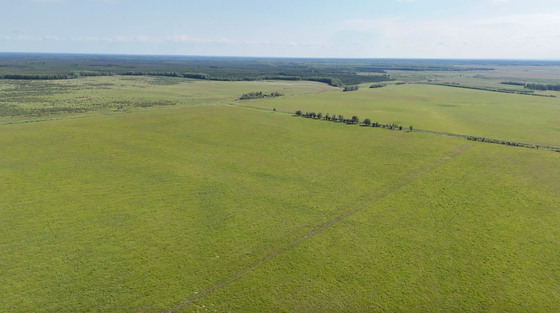
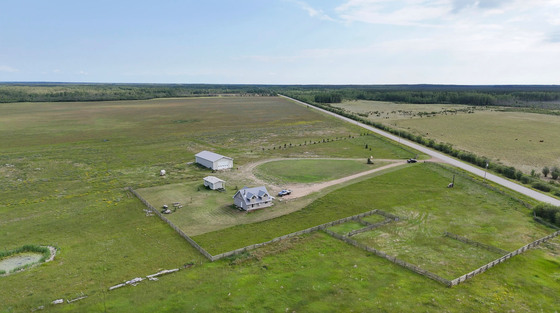
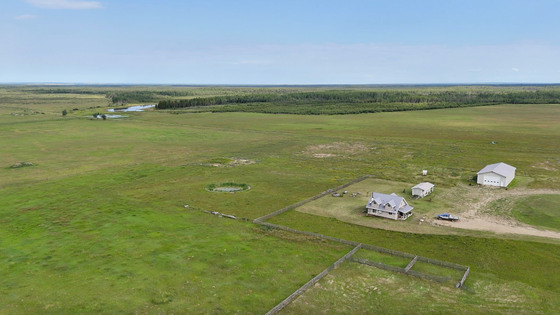
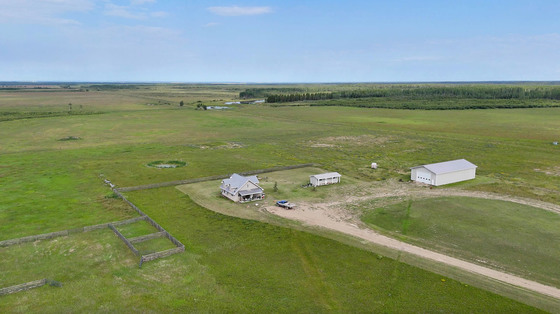
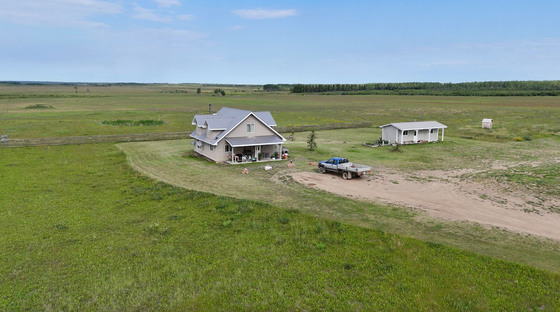
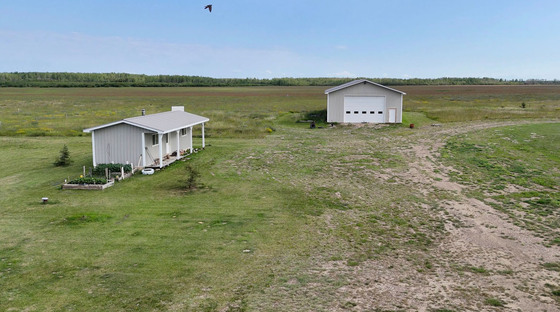
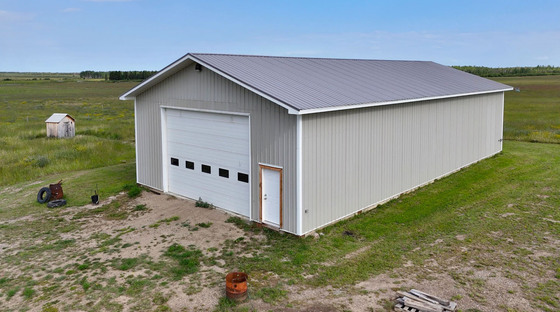 +53 photos
+53 photos
Rarely does an investment opportunity of this magnitude become available. The Milligan Creek Ranch comprises 9,185 contiguous acres of flat, fertile, and highly productive ranch land. Well suited for large-scale cattle operations, the property features a rotational grazing system supported by well-maintained fencing and an internal road network that provides excellent access across the entire ranch. Significant investment has been made in fencing and infrastructure, with roads leading to a central farmyard that includes a large cold storage building approximately 75' x 35', a ranch office, and basic corrals.
The main residence, built in 2008, offers 1,600 sq. ft. of comfortable and modern living space, ideal for a ranching family or on-site management. Ample water is available throughout the property via dugouts and natural ponds located in each pasture segment, supporting livestock during the summer months. Grazing capacity is approximately 700-800 AU per year; additional water source development could assist in enhancing rotational grazing and carrying capacity during drought years. Several pastures have recently been rejuvenated with brome, clover, and native grasses, contributing to the ranch’s quality grazing lands. Naturally occurring stands of aspen, spruce, and willow provide shelter belts, along with long-term carbon credit or biomass investment potential (detailed forest inventory data is available to interested parties).
Adding further value, the property generates approximately $84,000 per year in surface lease revenues from Bonavista Energy Corp. and Canadian Natural Resources Ltd. The oil and gas infrastructure is minimal and does not interfere with agricultural use. A detailed lease schedule is available upon request.
The ranch is located in the Milligan Creek region of British Columbia. Approximately 45 minutes north of Fort St John.
Contact the listing agent.
The Peace River Region in northeastern British Columbia is one of the province’s most significant agricultural zones, offering a combination of fertile soils, reliable water sources, and expansive tracts of farmland well-suited to cattle ranching and crop production. The region features gently rolling topography with a mix of native grasslands and boreal forest, ideal for rotational grazing, hay production, and annual cropping.
According to the BC Ministry of Agriculture and the 2024 BC Land Use Inventory, the Peace region produces over 40% of British Columbia’s seeded field crops and supports approximately 35% of the province’s total cattle inventory. The area is also a key hub for forage exports, particularly timothy and alfalfa, supporting both domestic and international markets.
Economically, the region benefits from a strong presence in the natural gas sector, with companies such as CNRL, Tourmaline, and Ovintiv holding surface leases across the landscape. While natural gas prices have seen fluctuation, the long-term outlook remains stable due to LNG export development and sustained upstream activity. Emerging opportunities tied to carbon credits, forest biomass, and ecological goods and services are also gaining traction, offering added value for landowners.
Well-connected by highway and serviced by communities such as Fort St. John, Dawson Creek, and Chetwynd, the region offers full access to agricultural infrastructure, livestock handling facilities, auction marts, and professional services, making it a practical and strategic location for large-scale ranching operations.
The Milligan Creek area of northeastern British Columbia lies within the Boreal White and Black Spruce biogeoclimatic zone, characterized by a mix of productive grasslands, shrublands, and boreal forest cover. The native vegetation in this area includes a combination of pasture grasses such as brome, fescue, and clover, which thrive in the region’s well-drained soils and are well-suited to grazing and hay production. Rejuvenated forage stands in this area commonly support rotational cattle grazing systems.
Natural shelter belts are formed by stands of aspen, white spruce, and willow, offering critical protection for livestock and contributing to ecological diversity across the landscape. These wooded areas support wildlife habitat, enhance moisture retention, and create windbreaks that reduce erosion and provide microclimates for forage growth. Low-lying areas also support riparian vegetation such as sedges, cattails, and shrubs around seasonal ponds and dugouts.
Together, this mix of grasses, legumes, shrubs, and boreal tree species creates a resilient and productive vegetative base ideal for both ranching operations and long-term land stewardship.
The BC Peace River region offers a wide range of year-round recreational opportunities that reflect its vast natural landscapes and strong outdoor culture. With its mix of forests, rivers, lakes, and open rangelands, the area is a destination for hunting, fishing, horseback riding, ATVing, and snowmobiling. Wildlife is abundant, including elk, moose, deer, and upland birds, making it a popular region for licensed big game hunting and outdoor adventure.
The region’s extensive trail networks and backcountry access points offer excellent opportunities for hiking, camping, and off-grid exploration. Anglers enjoy fishing in the Peace River, Halfway River, Beatton River, and nearby lakes, with species such as Arctic grayling, northern pike, and walleye. In winter, the landscape transforms into a haven for snowmobilers and cross-country skiers, with well-maintained trails and open terrain.
Local communities such as Fort St. John and Dawson Creek host rodeos, agricultural fairs, and outdoor festivals that celebrate the region’s ranching roots and frontier spirit. Whether it’s for lifestyle, adventure, or the quiet beauty of nature, the Peace region offers an authentic and active rural experience.
The BC Peace River region has a rich and diverse history shaped by Indigenous stewardship, early European exploration, and agricultural settlement. For thousands of years, the Dane-zaa (Beaver), Cree, and other Indigenous peoples lived throughout the region, relying on the land’s abundant game, rivers, and forests for sustenance and cultural practices. Their deep knowledge of the land continues to inform stewardship and treaty relationships today.
In the late 18th century, European fur traders and explorers such as Alexander Mackenzie entered the region via the Peace River, establishing a critical trade corridor between the interior and the northwest. The river itself was named the “Peace” after a long-standing treaty between Indigenous nations in the area, marking it as both a literal and symbolic meeting ground.
By the early 1900s, waves of settlers arrived following the extension of the railway and land grants for homesteading. Drawn by fertile soils and open landscapes, settlers began clearing land for grain and livestock production. The construction of the Alaska Highway during World War II further opened the region, boosting population, infrastructure, and economic development.
Today, the Peace River region remains a vital part of British Columbia’s agricultural economy, known for its resilient communities, strong ranching heritage, and commitment to sustainable land use. Its legacy as a place of trade, settlement, and agricultural innovation continues to shape its role as a key region for food and resource production in Western Canada.
56°44'22.11"N and 120°39'19.09"W
Contact the listing agent for property tax details.
A2
Contact the listing agent for legal details.
Multiple Listing Service®
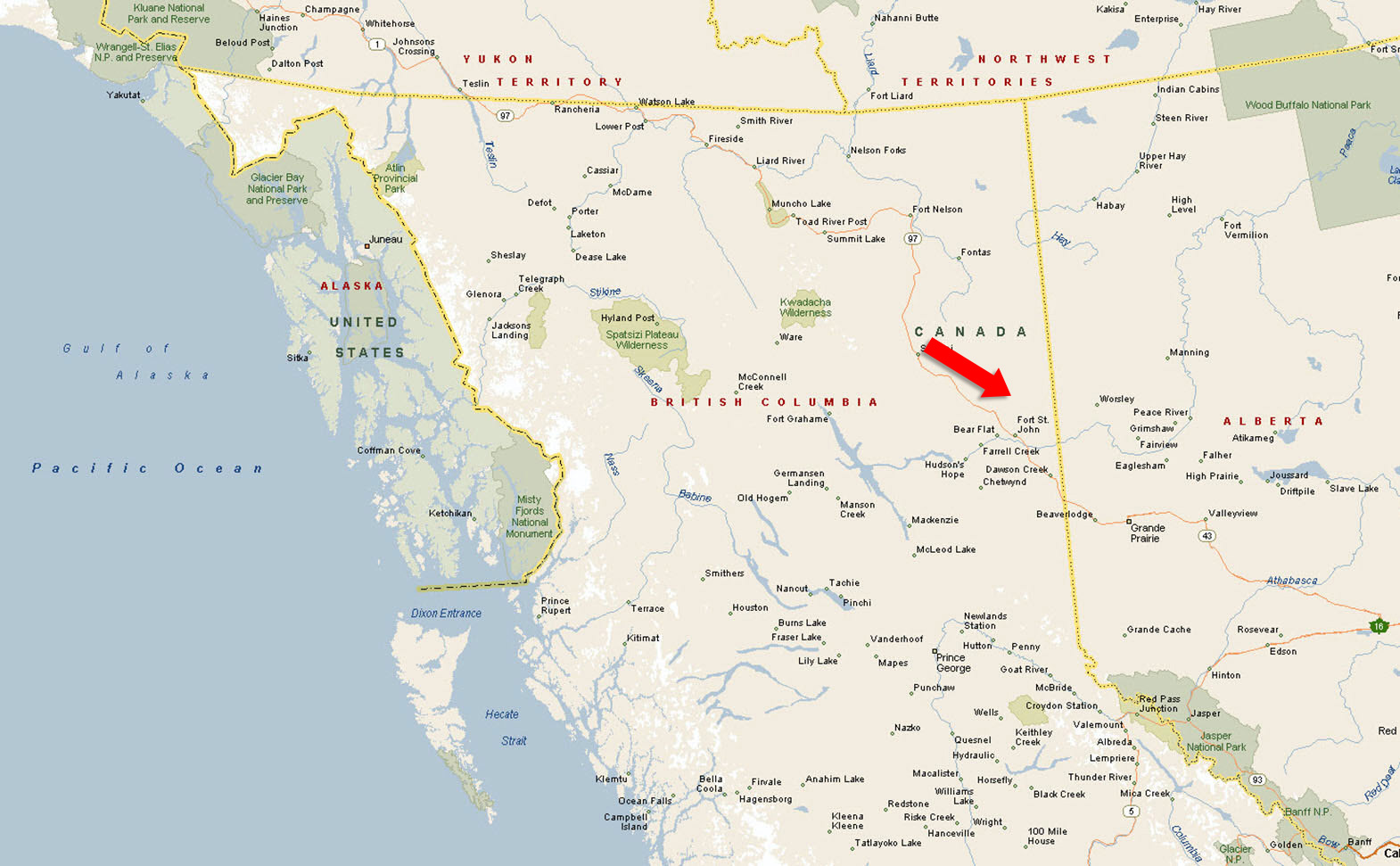 +8 maps
+8 maps
Our property descriptions and geographical information are taken from the BC Assessment Authority, Land Titles Office, government maps and other sources. While LandQuest® does not guarantee the information, we believe it to be accurate, but should not be relied upon without verification. This communication is not intended to cause or induce breach of an existing agency agreement.